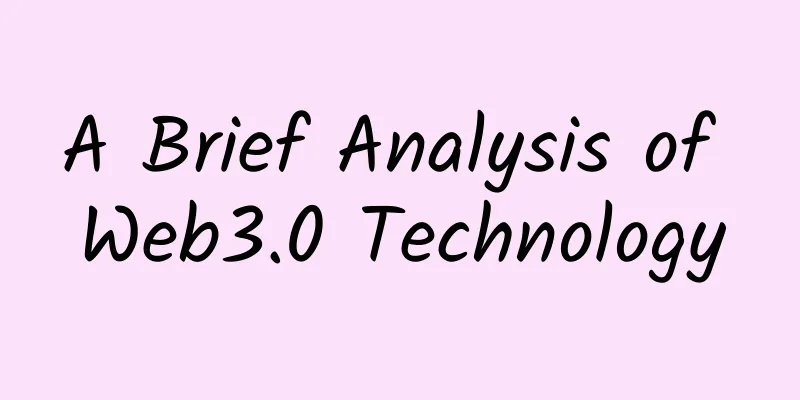5G is here, and so is mainstream adoption for industrial IoT startups

|
Making machines communicate with humans is the beauty of what is known as the Internet of Things. Using industrial machines for communication is a breakthrough, perhaps the biggest breakthrough we know. Since everyone is talking about 5G, it is equally important to discuss the best potential of the next generation of network bandwidth. Honestly, Industry 4.0 is an upcoming trend until the network troubles are solved with the advent of private 5G networks. They will reach $15.7 billion by 2026 at a CAGR of 79%, which is a huge number. As a result, multiple IIoT applications that were waiting for faster networks are finally realizing their optimal potential.
Why is 5G more suitable for Industrial Internet of Things?Regardless of the fact that 4G networks have provided the necessary beginnings for the 4.0 revolution, it is time to step up the game and achieve bigger, better, and faster processes on the ground. For IIoT businesses, 5G goes beyond 4G; the latency in sending/receiving data in 5G is 1 millisecond, compared to 200 milliseconds in 4G. Now, imagine the changes in industries working in highly agile environments such as FMCG, healthcare, etc. Moreover, 5G can connect up to 1 million devices per 0.38 square miles. This is 100 times the number of devices in 4G and is undoubtedly a boon for dedicated networks that unify devices across locations. Simply put, it can handle more data volumes at a faster speed, but at a lower cost. However, for the industry, it means more than just fast internet. The operational technology suite (OT) in industrial settings uses a variety of fixed and mobile network technologies. In order to control and communicate with equipment and floor processes, software applications must transmit data in real time. For example, digital twins, automated production lines, remote monitoring through live video, predictive maintenance, etc. cannot be performed in ordinary networks. Their performance requirements are high, and the usual Wi-Fi or LTE networks are not enough. 5G bandwidth is sufficient to support automated guided vehicles (AGVs) with limited density. To upgrade production, it can support a greater number of AGVs in each service area. Others such as extended reality headsets are also making progress with the support of faster streaming. Emergency equipment, also known as data goggles, helps maintenance engineers understand complex industrial needs in real time. What cannot be missed is that it ensures remote control of equipment and processes around the clock, no matter how complex the industrial IoT environment is. Slicing is an integral strategy in the network stack for any enterprise. Through virtualization, it is used to segment the incoming network into multiple networks to cater to different customers. Moreover, traffic from other networks does not affect the quality of service on a specific slice. Just like tenants on a cloud platform, slices gain similar exclusivity. 5G network slicing can enable or disable network segments faster and create on-demand subnets for specific sectors in industrial settings. 5G is what big data has been dreaming of. For years, organizations have built data management infrastructure to store, process, and stream real-time analytics. As IoT works closely with big data, 5G networks are a step ahead in enabling edge computing. For the industry, this is a trend in the making. While we’re at it, the ubiquity of 5G private networks shouldn’t be overlooked. Since most production units operate in different locations, the network capacity must be the same for all units. For example, floLIVE provides private 5G network solutions to support various use cases for small and global enterprises. Therefore, whether it is a private campus network, multiple campus networks within a country or multinational services, their private network solutions support multiple RAN providers. The IoT solution is built on a software-defined connectivity (SDC) infrastructure to ensure flexibility and security. With pre-assigned IMSIs from an internal IMSI library, enterprises can leverage multiple carriers while creating a unified private network for their enterprise. As a single private network, their platform simplifies the hassle of cross-border regulatory compliance. The cloud-native solution emphasizes performance and supports policies that meet enterprise verticals, employee safety, enterprise security, and confidentiality. The solution addresses a key network infrastructure challenge facing the industry – centralized management of multiple sites and facilities with on-demand deployment options. in conclusionIndustry 4.0 would never have been possible without remote and predictive data analytics. The ability to track and generate on-demand insights in real time using process and performance sensors is fundamental to what we call smart industrialization today. Everything else you know about Industrial IoT is related in one way or another. As technology develops, remote monitoring in Industrial IoT will become as mainstream as artificial intelligence. The difference, however, is the quality of service of controlling equipment anytime, anywhere. |
<<: Process control, all in one place
>>: 5G competition enters the second half, shifting from technology to application
Recommend
ZJI Double 11 self-operated servers start at 55% off, Hong Kong Kwai Wan E5 servers start at 522 yuan/month
ZJI has released this year's Double 11 promot...
7 bond modes of Linux multi-NIC
Linux multi-NIC bonding There are seven network c...
Virtono: 14 new data centers added recently, 40% discount on down payment, starting from €17.9/year
Virtono recently released a 40% discount code for...
What is a mesh Wi-Fi router? What makes it so cool?
No matter how big or small your house or apartmen...
Wi-Fi 6 is here: These 12 questions will clarify it for you
5G is here, and WiFi 6 is here too. Everyone has ...
Introduction to Virtual Switch Technology and Practical Applications in IP Metropolitan Area Networks
With the continuous development of information te...
Five minutes to help you understand the difference between Http and Https protocols?
In the Internet world, HTTP and HTTPS are the two...
Come and have a look!!! TCP/IP knowledge points that you often overlook
Internet Layer Protocol In the DoD model, the Int...
Finally someone has explained 5G+AI clearly
01 The concept of 5G The full name of 5G is the f...
RAKsmart: US servers start from $20/month for the first month, Japan/Korea servers start from $59/month, cluster servers start from $109/month
RAKsmart is carrying out the "New Year's...
7 key features of 5G mobile phones
1. Support high-power terminals Compared with bas...
80VPS Japanese data center VPS simple test
Recently, the promotional activities and efforts ...
After talking about the three-way handshake and the four-way wave, I was asked to write the HTTP protocol code manually.
Recently, Afen’s colleagues have been preparing f...
[11.11] Maxthon Hosting: 25% off on all VPS, top up 111 yuan and get 111 yuan free, US CN2/Hong Kong CN2/Germany CN2/Netherlands CN2/Hong Kong High Defense, etc.
Maxthon Hosting has released this year's Doub...
How does the computing power network work?
In the previous articles, I gave you a detailed i...









